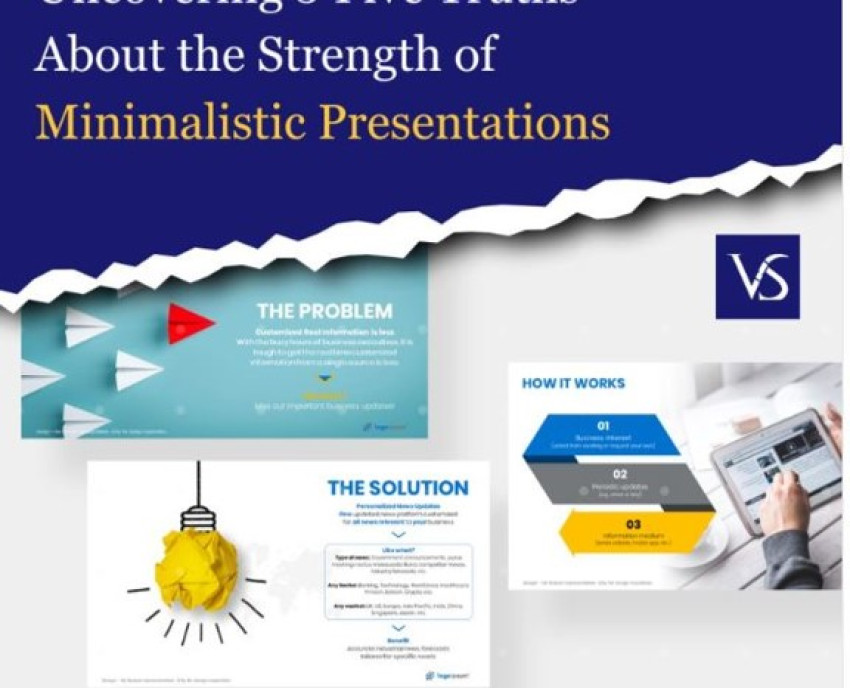
Introduction
Brainstorming is a powerful tool for generating new ideas, solving problems, and fostering creativity. It is a collaborative process that involves a group of individuals coming together to share and build upon each other's thoughts and ideas.
1. Understanding the Decision-Making Process
Is essential in any professional setting. It involves a systematic approach to gathering and analyzing information, evaluating alternatives, and choosing the best course of action. This process requires critical thinking skills, as well as an understanding of the organization's goals and values. Additionally, it is important to consider different perspectives and potential consequences before making a final decision. Effective decision-making involves a balance of logic and intuition, as well as the ability to prioritize and manage potential risks.
2. The Benefits of Brainstorming
Brainstorming is a powerful tool for generating innovative ideas and problem-solving in the workplace. It involves a group of individuals coming together to share their thoughts and ideas on a particular topic or issue. The benefits of brainstorming are numerous and can greatly enhance the productivity and creativity of a team. Firstly, it encourages collaboration and open communication, allowing for a diverse range of perspectives to be considered. This can lead to more comprehensive and effective solutions. Additionally, brainstorming can also foster a sense of teamwork and camaraderie among team members. It also allows for the exploration of unconventional ideas and encourages out-of-the-box thinking. Overall, incorporating brainstorming sessions into business strategies can greatly benefit organizations by promoting innovation, teamwork, and problem-solving skills.
3. Setting the Stage for Effective Brainstorming
The process of generating new ideas and solving complex problems. To ensure a successful brainstorming session, it is crucial to set the stage properly. This involves creating an environment that fosters creativity and encourages open communication among team members. The physical setting should be conducive to collaboration, with enough space for everyone to contribute and a relaxed atmosphere that promotes free thinking. It is also important to establish ground rules and guidelines to keep the brainstorming session focused and on track. By setting the stage for effective brainstorming, teams can maximize their potential and come up with innovative solutions to challenges.
4. Organizing and Evaluating Ideas
It involves systematically arranging and analyzing thoughts and concepts to create a clear and logical framework. A successful approach to organizing and evaluating ideas requires a thorough understanding of the subject matter and the ability to critically assess information. It also involves identifying key themes and connections between different ideas, ensuring coherence and relevance. Moreover, the process of organizing and evaluating ideas involves considering multiple perspectives and potential outcomes, allowing for informed decision-making. By honing these skills, individuals can effectively articulate their thoughts and contribute to meaningful discussions and solutions in the workplace.
5. Implementing Brainstorming into Decision-Making
The processes can greatly enhance the quality and effectiveness of decision-making. By encouraging diverse perspectives and ideas, brainstorming allows for a more comprehensive evaluation of potential solutions. This approach fosters a collaborative environment, promoting open communication and teamwork. Furthermore, brainstorming helps to generate innovative and creative solutions that may not have been considered otherwise. It also allows for the identification of potential risks and challenges, enabling decision-makers to proactively address them. Overall, implementing brainstorming into decision-making can lead to more informed and well-rounded decisions, resulting in improved outcomes for individuals and organizations alike.
6. Maintaining a Culture of Continuous Brainstorming and Improvement
This means encouraging and promoting a constant flow of ideas and suggestions from all levels of the company, and actively seeking out opportunities for growth and development. By fostering a culture of continuous brainstorming, organizations can stay ahead of the curve and adapt quickly to new challenges and opportunities. This also creates a sense of collaboration and innovation within the workplace, leading to increased employee engagement and motivation. It is crucial for organizations to prioritize and invest in this culture of continuous improvement to remain competitive and achieve long-term success.
Are you in need of a proficient design agency to enhance and elevate your upcoming professional presentation?
Visual Sculptors - Led by Ex-McKinsey designers’ team.
We invite you to explore the finest presentation design agencies, where our adept team at Visual Sculptors awaits the opportunity to engage in meaningful discussions regarding your forthcoming presentation design endeavour.




